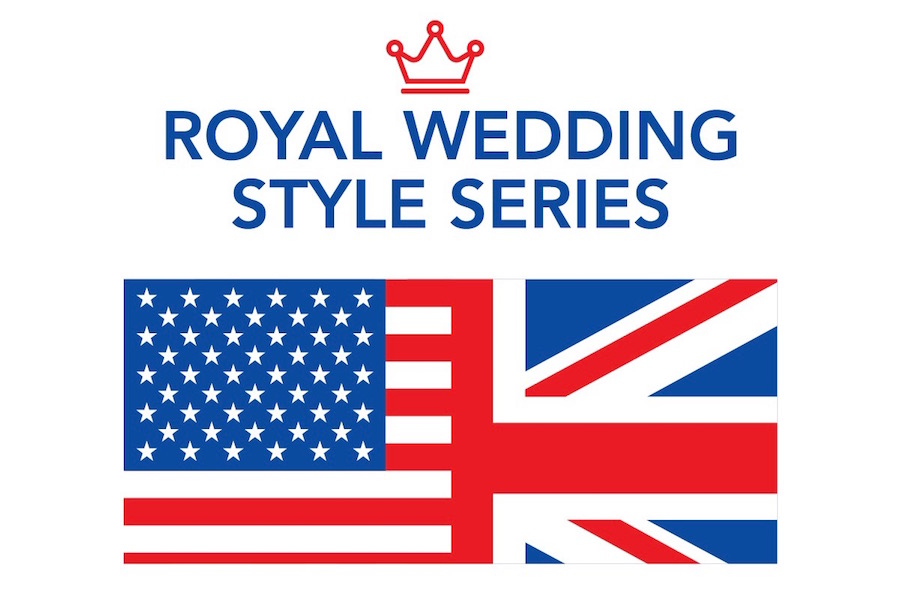Royal Wedding Series: ‘Modern Markle Style’
The Royal Wedding Series is an eight-part series that highlights exceptional work by fashion journalists at SCAD Atlanta. The series was written entirely by students in Writing About Fashion and Fashion Writing courses, taught by Professor Linda Sherbert. The students were assigned to cover the royal wedding of Meghan Markle and Prince Harry. Each piece was written from a unique perspective and style surrounding the topic of the historic royal wedding. If you would like to submit a work of fashion journalism, contact fashion@scadconnector.com.

by Anya Law
The fairytale couple, Prince Harry and Meghan Markle, tied the knot in St. George’s Chapel in iconic Windsor Castle on Saturday, May 19. The intimate ceremony touched the hearts of millions around the world and stands out as one of the most memorable weddings of the century.
There are many reasons why this wedding made such an impact. Unlike British royal weddings of the past, the “people’s couple” made significant decisions reflecting their own sense of style and values that made this wedding unlike any other seen before.
The ceremony was much more multicultural. Historically, only British priests have been invited to take the spotlight at such royal occasions. However, Bishop Michael Curry of Chicago, the first African-American leader of the Episcopal Church, delivered an inspiring speech at the wedding and blessed everyone with his presence. The couple also selected a British gospel choir to perform at the ceremony. These were strong symbols for the new Duchess of Sussex, who is mixed-race therefore reflecting her heritage.
In absence of the bride’s father, Meghan made a powerful feminist statement by not only walking down the nave of the chapel, but also replacing the traditional toast by the “father of the bride” with a speech herself.
Moreover, Meghan symbolically incorporated into her bridal bouquet a spring of myrtle from a plant that has been growing at Osborne House, Queen Victoria’s holiday home on the Isle of Wight, for about 170 years. The flower represents love, fertility and innocence, and Markle chose it to reflect her commitment to support women’s rights.
Her understated elegance was embodied by her modest wedding gown made by a British designer, Clare Waight Keller, also the artist director of Givenchy. By comparison, the Duchess of Cambridge’s bridal dress was much more ornate, decorated with intricate lace, while Princess Diana’s gown was voluminous and echoed the style of the time. Meghan’s tiara, originally from Queen Mary’s collection, features a brooch from 1893, topping off her bridal look in a classy manner.
The much-spoken-about evening party welcomed only 200 guests to the elegant Frogmore House. Complete with apache shooters and frozen strawberry sparklers, the tiki-themed gathering was a success.
Declining the traditional tiered fruitcake, Harry and Meghan chose the East London baker Claire Ptak to create their lemon and elderflower wedding cake. Reportedly, the recipe used elderflower syrup made from elderflower trees on Queen Elizabeth II’s Sandringham estate, and the cake was decorated with flowers such as peonies and garden roses.
During their engagement, Harry and Meghan had been spotted frequently showing their affection toward each other publicly, and then at the wedding, seeing the couple hold hands and exchange romantic glances during almost the entire ceremony left everyone in awe. All in all, this royal wedding will remain in our hearts and minds for weeks to come.
























